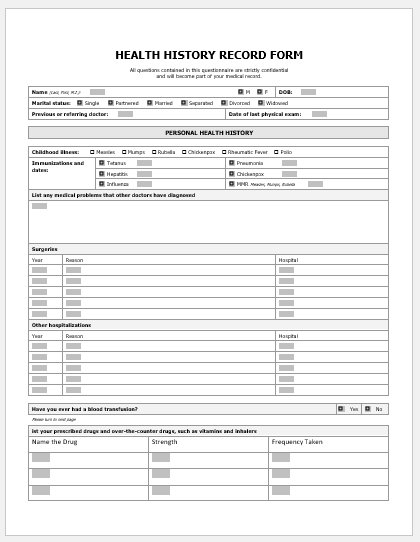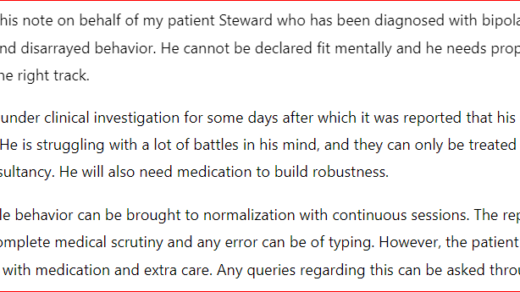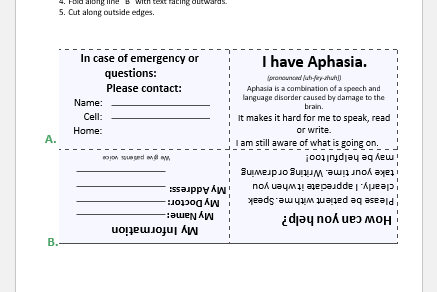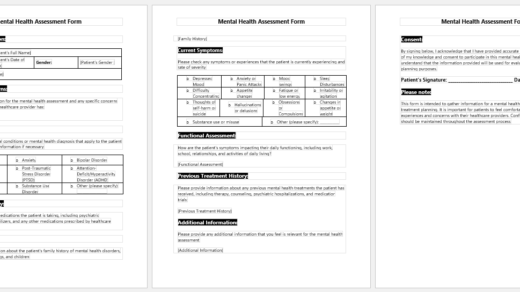Medical history forms the foundation of the treatment of any illness. It is the history that reveals the nature of the disease and gives clues on how to treat it. A medical history record keeps all that information especially when there is an admission to the hospital.
What is included in a medical history record form?
Each and everything that remotely belongs to the health of a person is part of the medical history record form.
Introduction and identity
- To begin with the identity of the patient, his name, age, sex everything is mentioned
- The main purpose is to gather necessary information that can help in identifying the problem. For example, if we know the age of the patient, we will be able to determine the conditions associated with certain age groups. Similarly, some diseases are only associated with gender. Breast carcinoma is way more common in women than in men.
- Location is also important to mention in the initial columns. It helps in the follow-up as well as in determining the medical treatment.
- Chief complaints and history of present illness
Chief complaints are then mentioned in the next space. These are the problems with which a patient comes to the hospital. For example, we write here that a patient has been suffering from fever, sore throat, and flu for the last three days. These are the chief complaints and are written in chronological order. After the chief complaints, we can see the elaboration of all of them so that the true nature of the disease is clear.
Past Medical and Surgical history
Past medical and surgical history possesses prime importance. History of hypertension, diabetes, arthritis, and psoriasis needs to be mentioned in the current form to know if there is anything liking to past history. People with chronic liver or kidney diseases, cancers, or other chronic illnesses must tell when they come to the hospital. Similarly, surgical history has the same importance is it changes the perspective of the doctor and medical staff.
Family history
Some diseases run in the family, diabetes, hypertension and some cancers are just a few among many examples. If we know the family history, we can get rid of the preventable diseases or at least delay the complications.
Drugs, allergies, and transfusions history
If a patient has gone through a blood transfusion, he must always inform the staff in the hospital. Similarly, if he is allergic to any drug, any food, or any other substance, he must mention it to the doctor. Allergies are mentioned in bold letters and on the top of the medical history record form.
Physical examination
A medical history record form also has some basic and general examination findings. This portion completes a history form and only then any doctor can diagnose the problem.
We can conveniently say that a medical history record form leads us to the management of diseases and also to devising the plans through which we can prevent diseases. These forms are present in the indoor as well as outdoor departments of the hospital.



